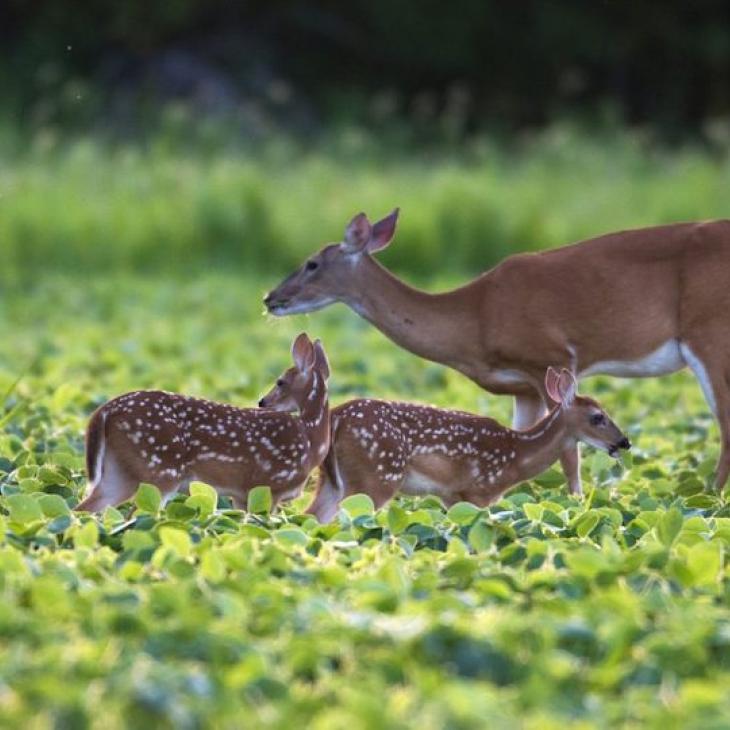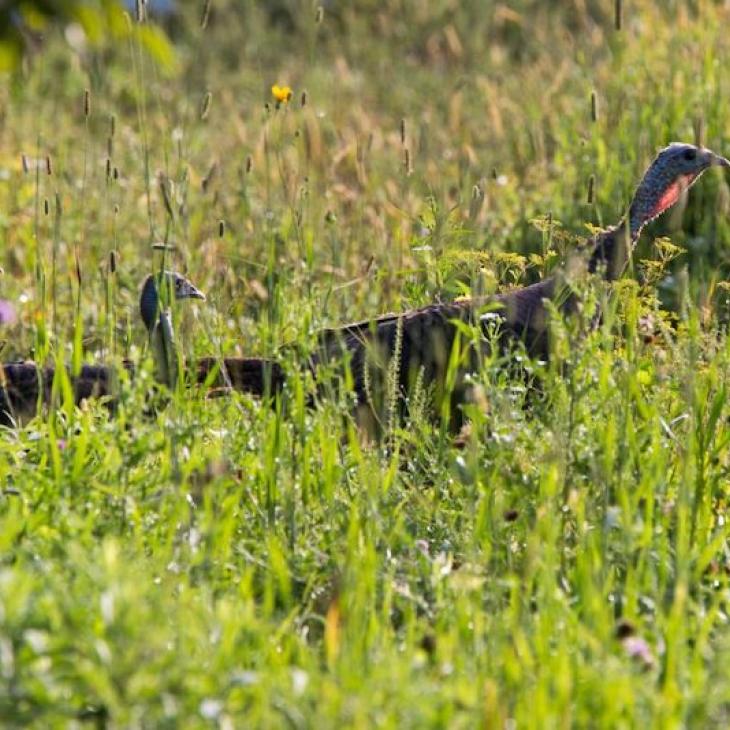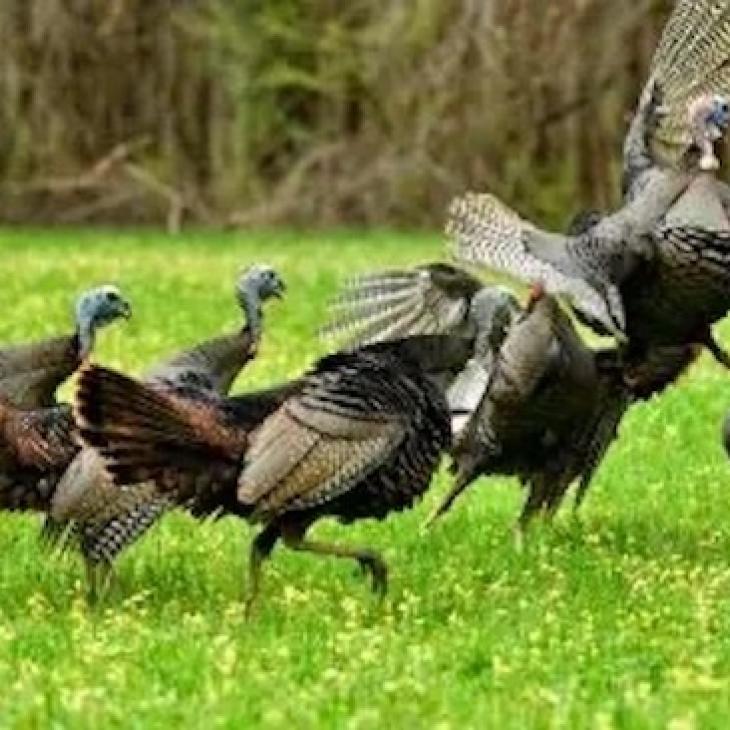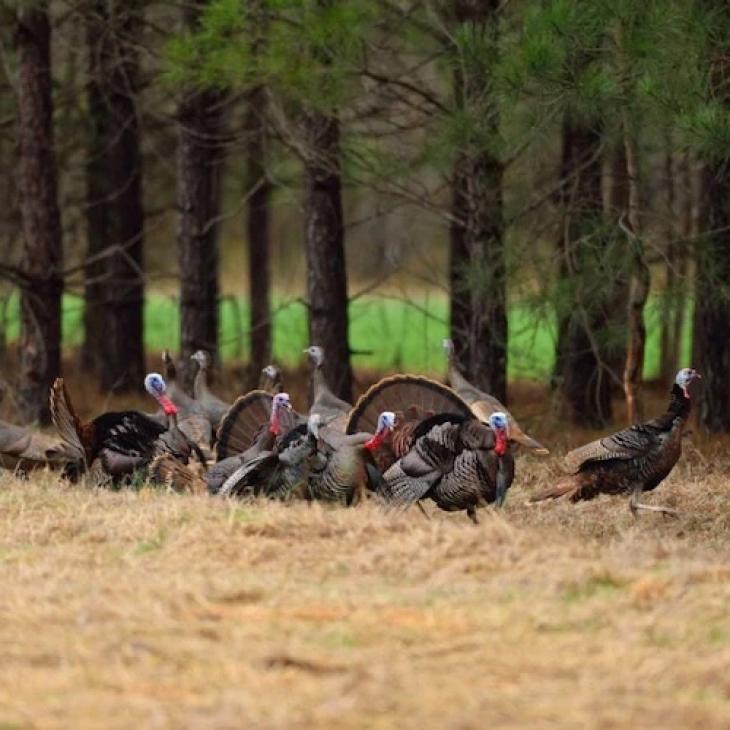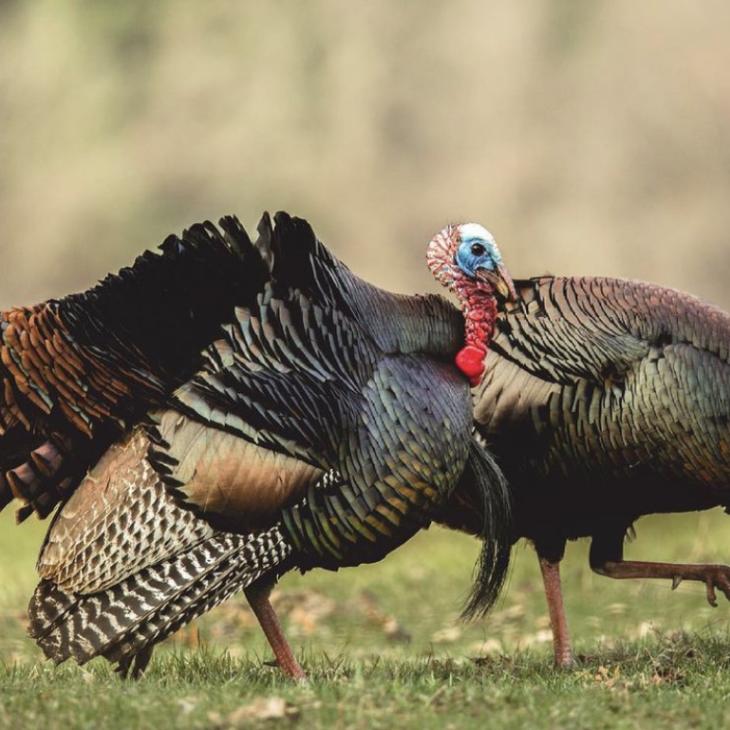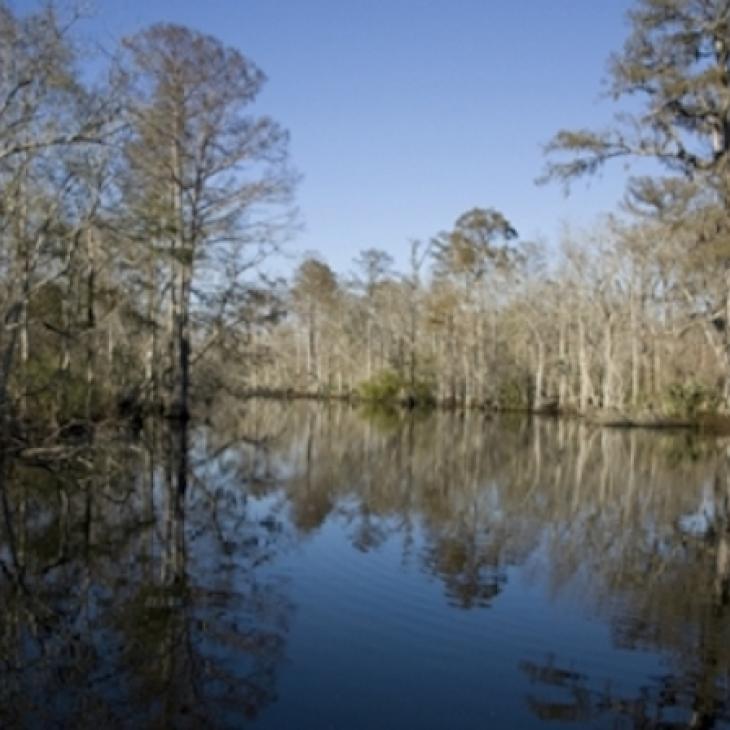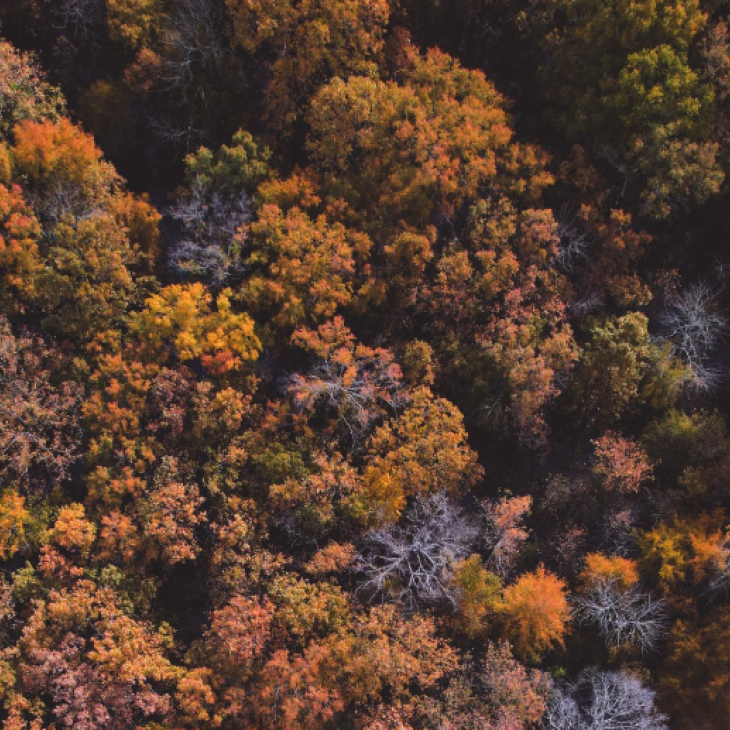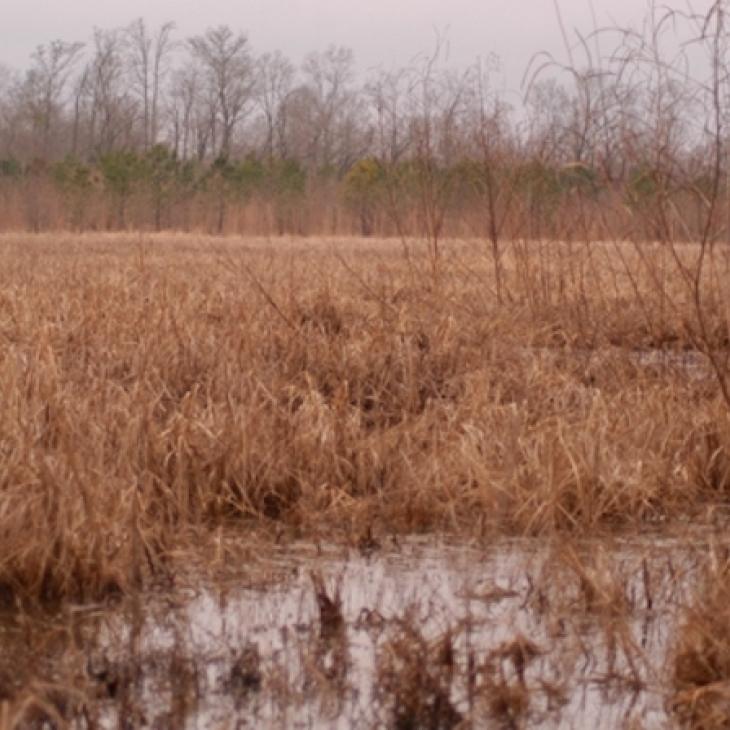6 WAYS FOR IMPROVING FAWN RECRUITMENT
Do you want more deer on your property? If so, you need to remember that females are our “production department.” Sure, they need a little help, but very little. One buck can service numerous females during one breeding season. It’s almost impossible to know for certain how many unless the area was fenced and you took DNA from the buck and all the fawns within the enclosure. However, simply having lots of females to create more fawns doesn’t mean you will be improving fawn recruitment. There are


